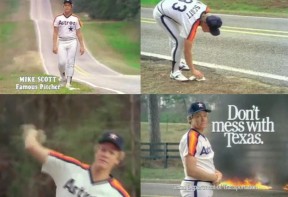See part I
It’s all very well talking about how you can change recycling behaviour by adjusting the bins, but what if you’ve got only paid-for media space at your disposal? Changing behaviour by broadcasting to millions should be more efficient. But as Lord Leverhulme said or did he), ‘half of all advertising works, I just which I knew which half’.
You’re in luck: I know which half.
‘Name it, pair it, shape it’ may be the watchwords for inspiring recycling behavior, but they aren’t going to work on TV. You can’t physically reach out through the telly and fiddle with the bins, and simply saying that phrase only appeals to the rational. Don’t bother. (Seriously.)
So what’s left?
Talk to any behavioural communications specialist and they’ll tell you how important norms are in driving behaviour. This is correct. Mostly they mean the descriptive norm (characterized as permissive behaviour that informs by example) and a bit of implicit norms (characterized by unapproved behaviour that curtails action). There are others, but we’ll leave them.
How do they work?
Back in 1990 a likely bunch of researchers – Cialdini, Reno, and Kallgren – researched littering behavior by dressing a Texas carpark with litterbins, stooges, and handbills (or, flyers, if you’re in the UK). Every car had a handbill placed on the windscreen under a windscreen wiper. Many drivers would want to remove this before driving off. We want to focus on two scenarios. The first, a purposefully litter-strewn carpark with a stooge briefed to wait until an unsuspecting car owner returned and walk by in their eye-line dropping ‘their’ handbill on the floor. The second, a purposefully clean carpark with a stooge briefed to wait until an unsuspecting car owner returned and walk by in their eye-line dropping ‘their’ handbill on the floor.
Astonishing results:
– Nearly 55% of people dropped trash when they saw the stooge drop trash in a littered car park.
– Only 6% of people dropped trash when they saw the stooge drop trash in a clean car park.
Seeing someone litter in a littered environment amplified littering as an insider’s activity – it is prevalent, it is approved. Seeing someone litter in a clean environment amplified littering as an outsider’s activity – it is not prevalent, it is not approved.
This ‘double shot’ is powerful.
 an Arizona regional public service television network. The ad was carefully crafted in two important ways. Firstly, to show a majority of people both engaging with recycling and speaking approvingly of their behaviour – in this way they exposed the descriptive condition (permissive behaviour that informs by example). Secondly, to show the actors speak disapprovingly of a single individual in the scene who failed to recycle – in this way they exposed the injunctive condition (unapproved behaviour that curtails action), and aligned it with the descriptive.
an Arizona regional public service television network. The ad was carefully crafted in two important ways. Firstly, to show a majority of people both engaging with recycling and speaking approvingly of their behaviour – in this way they exposed the descriptive condition (permissive behaviour that informs by example). Secondly, to show the actors speak disapprovingly of a single individual in the scene who failed to recycle – in this way they exposed the injunctive condition (unapproved behaviour that curtails action), and aligned it with the descriptive.
– These ads increased recycling in the areas exposed by over 25% compared with similar areas where the ad never played: Another massive swing in behaviour.
 A TV campaign was created using home-grown stars such as Mike Scott (pictured), Lance Armstrong, Chuck Norris, Willie Nelson, Lyle Lovett, Owen Wilson, and many more who all spoke directly to camera imploring the viewer to stop ‘messing with Texas’ (injunctive – this is not approved) as they were shown throwing litter in a bin (descriptive – this is prevalent).
A TV campaign was created using home-grown stars such as Mike Scott (pictured), Lance Armstrong, Chuck Norris, Willie Nelson, Lyle Lovett, Owen Wilson, and many more who all spoke directly to camera imploring the viewer to stop ‘messing with Texas’ (injunctive – this is not approved) as they were shown throwing litter in a bin (descriptive – this is prevalent).
– Within five years roadside litter was down by over 70%.
The normative representation avoided the negatives of guilt/shame and instead gave positives of pride and group identity.
An overt appeal to behavior – a speaking actor – is routed though our cognitive capacity. It is a rule-governed, calculating, reasoned effort that has to negotiate a cognitive assault course. Viewing the raw behaviour of others – seeing people recycle – plugs that behavior straight into our brain: we get the answer is if for ‘free’. It is an intuitive, rapid, and associative effort.
Just as fish school, and insects swarm, the intuitive, rapid, and associative effort rules.
How do we codify all of this research knowledge?
– Popularise one
– Marginalise the other
Where the ‘other’ is non-recycling behavior. As Cialdini said in testimony to the Subcommittee on Research and Science Education at the US House of Representatives in 2007,
“The secret is to avoid validating the . . . actions of a small minority . . . by making them appear the rule rather than the exception.”
Were the average behaviour of a group is different to the perceived behaviour of the average person, highlighting one or the other can create or destroy behaviour. This is the quasi-stationary foundation of normative behaviour, and where mass communication can do it’s work. It’s why the TV ads popularise one, and marginalise the other.
With this so effective, those that write the scripts truly have the power to change behaviour; Quis custodiet ipsos custodies?
For more on this speak with us, or have a look at our capabilities
Also, as co-founders and supporters of the London Behavioural Economics Network, join the Meetup group and Facebook group for more details and events
Related Posts
August 13, 2023
Money (but not called that, and how it changes behaviour).
Advertising agencies make a lot of…
August 1, 2023
Reading ease is not as easy as all that – comprehension shows the way
It's easy to make text readable, right?…
July 20, 2023
The ‘Hollywood hello’ – and the importance of context when communicating
When communicating we all like to be as…
3 Comments
Add comment Cancel reply
This site uses Akismet to reduce spam. Learn how your comment data is processed.





[…] by Oliver Payne , 11/5/12 • The Hunter Blog • « Previous post | Next post » < Part […]
[…] Using prevalence to drive that behaviour is not a new thing (as I have written about here and here). But with 84.2 million planned hospital visits per year in the UK (2008/9 numbers), you can see […]
[…] the norm. I have written about this here, ‘Mirror mirror on the wall‘ here ‘Bin recycling: communications‘ and here ‘The media informs our choice in way they don’t realise. (And nor do […]